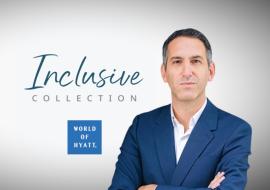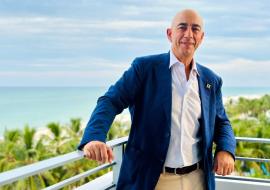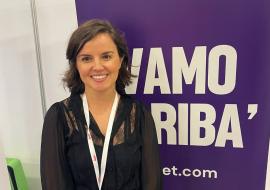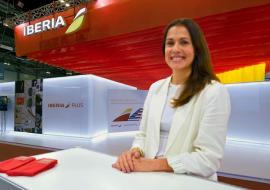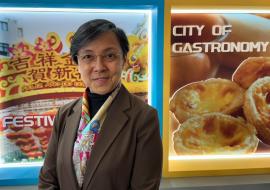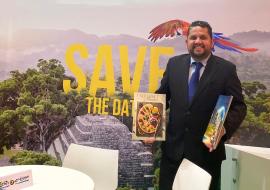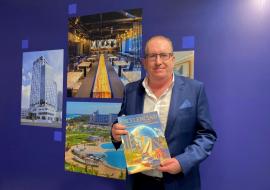Q & A with Maria NellyNicaragua´s Tourism Minister and Chairwoman of the Association of Central American Countries
by Jose Carlos de Santiago
Ms. Nelly is the youngest minister in the Latin American region and one of the first women ever to reach this senior post within the travel industry. Perhaps that explains her vision of the future for both Nicaragua and all of Central America.
She talked extensively with Caribbean News Digital within the framework of the latest edition of the Central America Travel Market in Panama.
CND: What has the opening of CATA meant to Nicaragua, a country that didn´t get so much promotional hype in the European market?
MN: To us, the opening of CATA has been very positive because as you said, our promotion as a sole nation used to be pretty scarce in the past. As we speak, we´re getting far more exposé in catalogs, basking more in the media hype and bringing more tourists to the region. That´s the important thing. We´ve seen our market grow since this agency got its big break in Europe.
CND: The money funneled into the agency to keep it running is somewhat proportional among all the countries. What´s the contribution that Nicaragua makes in this case?
MN: The basic investment is made in the operation of the agency and is equally shared by all member states. Therefore, each nation defrays funds for their own operational plans, depending on their needs and affordability. In the case of Nicaragua and even though our budgets are not so huge, we´ve provided the largest contributions to CATA because we feel it´s better for us to do it as a region. In a word, the largest chunk of our funds in Europe are channeled through CATA.
CND: The nation´s hotel and service infrastructure is still insufficient. What´s the current administration doing to improve the existing infrastructure?
MN: We´re working very actively with an agency called Pro Nicaragua that has the mission of fostering foreign investment in the country. We´re walking hand in hand with that particular agency, working in Europe, in the U.S. and in some Latin American nations in search of potential investors there. Our government also enacted the Tourism Incentive Act to ease the way of would-be investors willing to do business with Nicaragua.
CND: But the infrastructure hinges on the government´s money. What are you doing about it? Do you any special budget earmarked for the advance of tourism?
MN: Yes. We´ll be pouring some $300 million into the local travel industry through 2006. We´re working hard to open the first highway connecting Managua, the nation´s capital, and the cities of Granada and Masaya, two of the country´s major tourist strongholds. The administration has also invested over $50 million in the airport´s international terminal, plus $20 million in revamping local airports.
I strongly believe the government is committed to further improve Nicaragua´s tourist infrastructure. We´re also doing a great job in cruise terminals and seaports, especially in the face of an increasingly larger number of incoming liners.
CND: What volume of promotional money are you earmarking for the European market?
MN: In all, our promotional budget is approximately $1.2 million and 30 percent of those funds are socked away for the European market. The rest of the money goes into the U.S. market, though that balance has shifted a bit. We´re now focusing more on Europe and striking a better balance between the two of them.
CND: You don´t have a permanent representation in CATA, do you?
MN: Not yet.
CND: Are you planning to do it?
MN: That´s a possibility we´re weighing right now. We´re looking into it. However, that´s a little expensive for us. Those countries with representations in CATA rely on locals, people who either live or have settled down in Spain, and they are now working for CATA.







